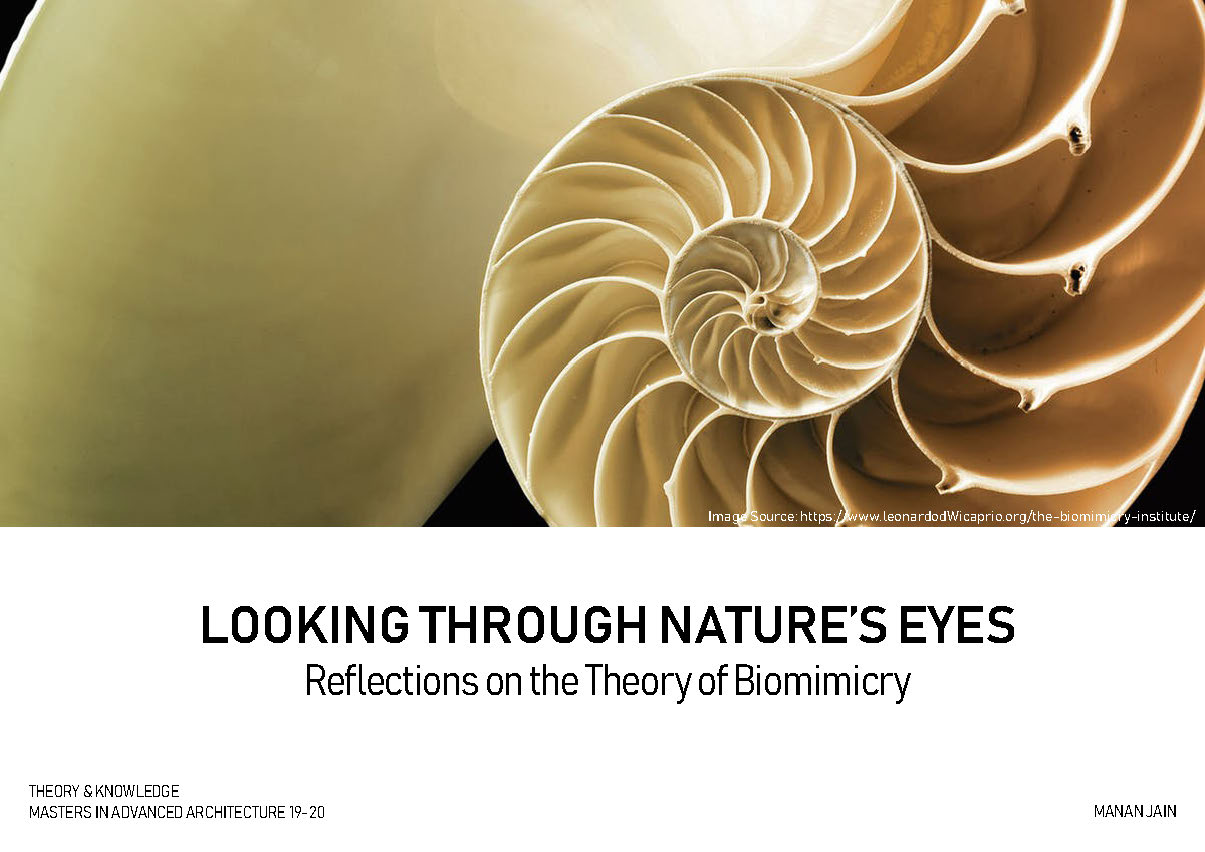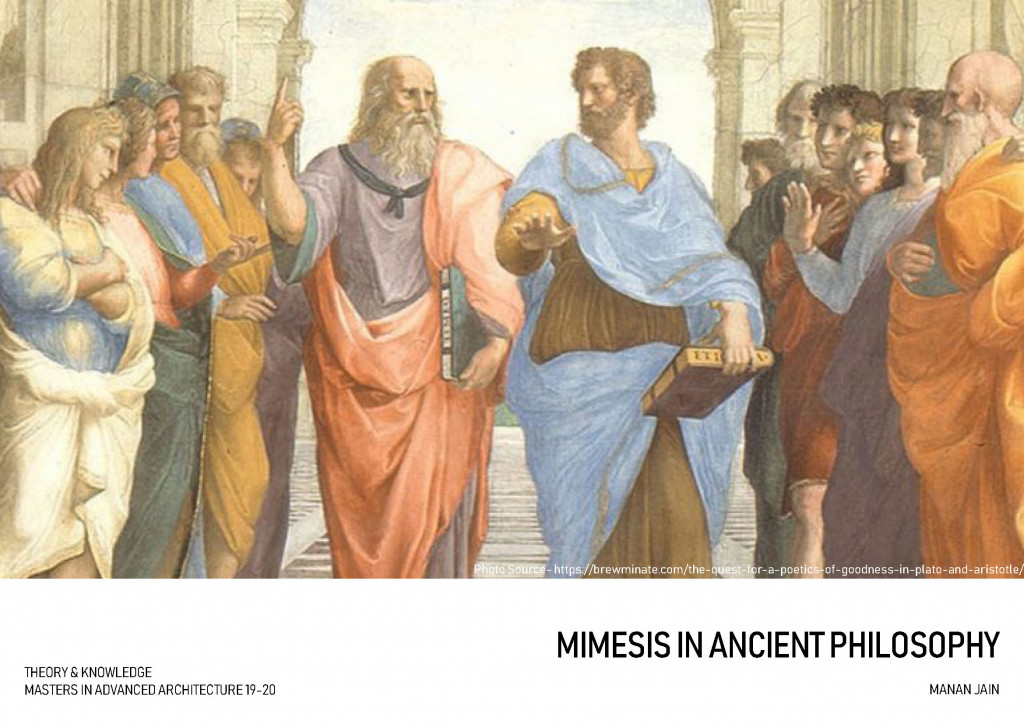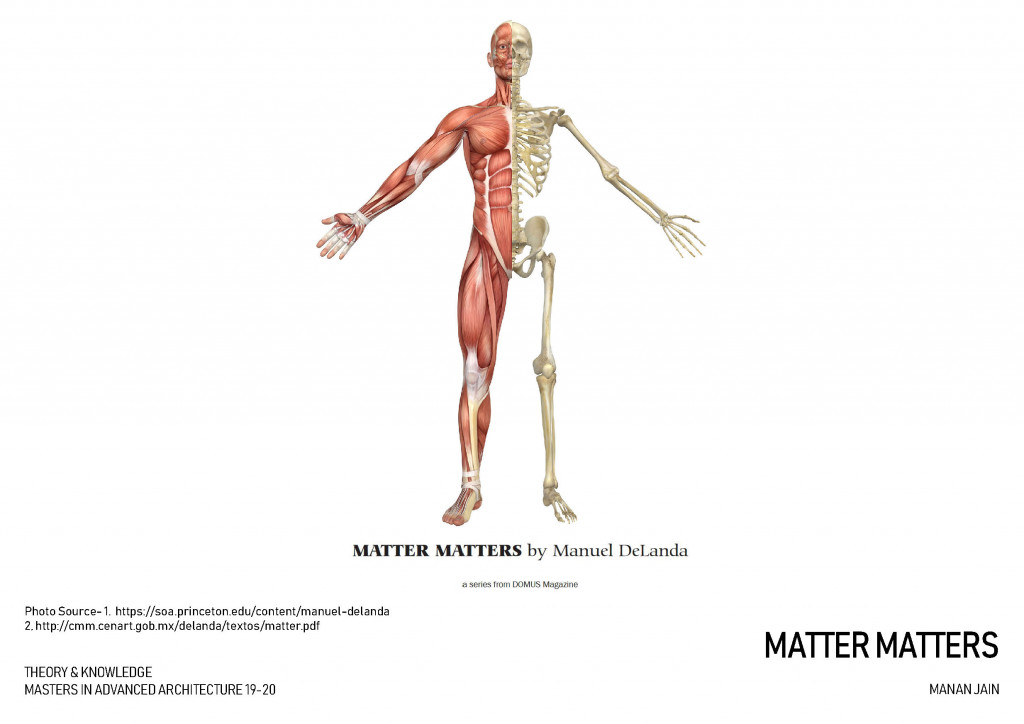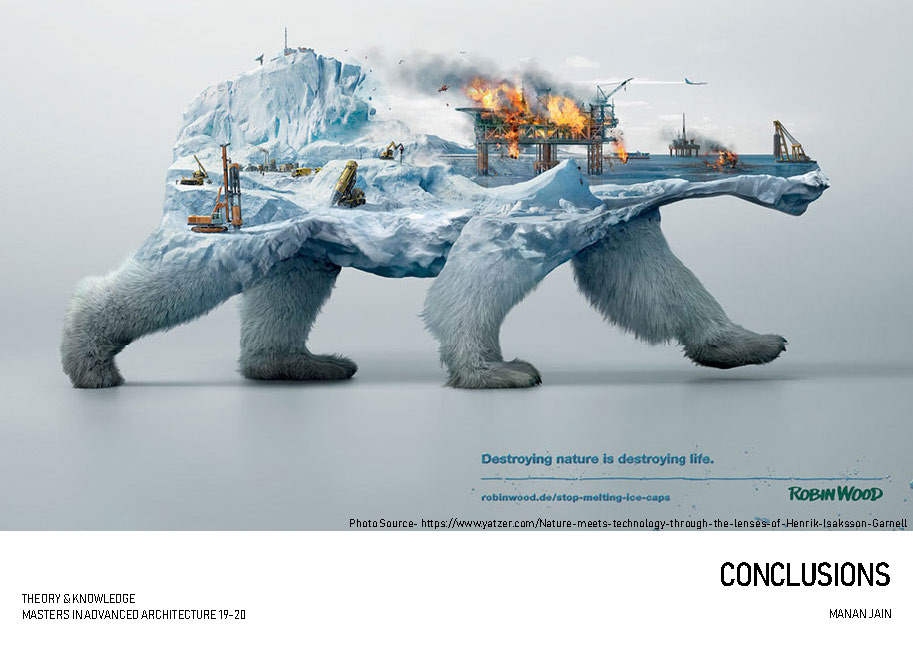 Biomimicry has been an emerging concept in the field of design & engineering since half a century. Although there have been older examples of bioinspiration, it has been theorized in a practical sense within the last few decades. The principle of drawing inspiration from nature is inevitable in today’s scenario, where due to unchecked consumption of resources by humans, the Earth is heating up more rapidly than ever before. We can see changes in our daily lives in terms of changing temperatures, shifting seasons & natural calamities such as forest fires etc.
Biomimicry has been an emerging concept in the field of design & engineering since half a century. Although there have been older examples of bioinspiration, it has been theorized in a practical sense within the last few decades. The principle of drawing inspiration from nature is inevitable in today’s scenario, where due to unchecked consumption of resources by humans, the Earth is heating up more rapidly than ever before. We can see changes in our daily lives in terms of changing temperatures, shifting seasons & natural calamities such as forest fires etc.
Biomimicry as a theory & design method underlines sustainable exploitation of natural resources & has the potential to make the built environment much more sustainable & more efficient as well. In the following paper, different theories related to biomimicry have been critically analysed & a contemplation on the role of biomimicry in architecture has been presented.
Biomimetics is a field of scientific research that deals with the examination of biological creatures & processes in an attempt to derive design principles that may be used to solve complex human problems. (McCarty, 2009)
According to the book, ‘Biomimicry- Innovation Inspired by Nature’ by Janine Benyus, the three pillars of Biomimicry are the three ways to interpret nature. Firstly, Nature as Model explores the role of nature in providing inspiration for design, for example, the solar cell inspired by a leaf, as they both work with absorption of solar energy. Secondly, Nature as Measure talks about using nature as a guide for our innovations. It also talks about the ethical principles of development, as through comparison with natural elements, we can determine the ‘rightness’ of our innovations or ambitions. Nature as Mentor is the epistemological interpretation of nature, which aims to validate & value nature as the ultimate guiding principle. It introduces a viewpoint of what we can learn from nature as opposed to what we can extract from it. (Benyus, 1997)
The term ‘Biomimicry’ originates from Ancient Greek language, bios meaning life & mimesis, imitation. Mimesis is a term often used in literary criticism & philosophy. Thinkers from different eras such as Plato, Aristotle, Sigmund Freud, Jacques Derrida, Walter Benjamin etc. have theorized about mimesis in their works. (Encyclopaedia Britannica, 2011)
In his writings, Plato talks about mimesis as a theoretical principle of art. Plato understood mimesis as the representation of nature & every form of art as an imitation of ‘ideas’. He argues that mimesis can be one of the 3 states of objects- things as they were/ are, things as they are thought to be, & things as they ought to be, & the choice of the object of mimesis can bring about many different results. These initial philosophical explorations into the terminology & practice of imitation by Plato spearheaded the modern-day classification of the types of biomimicry. (Pappas, 2017)
In the paper ‘Matter Matters’, DeLanda describes biomimicry as “…a subfield of the science of materials, examines biological creatures in an attempt to derive design principles that may be utilized in an industrial context.” He argues that only replicating a specific material that is found in nature does not constitute biomimicry. An apt example of biomimicry would be when a natural process is studied, & a specific principle is derived from it which can be applied to different materials in different contexts. (DeLanda, 2016)
The interaction of bones & muscles forms the structure of our body. Similar to beams & columns in a building, bones give compressive & flexural strength while muscles give tensile strength to the body. The study of structure of the human body gives us various biomimetic principles which can be applied in architecture to enable the buildings to be adaptive. For example, in addition to bone, we have cartilage in our body, which is made of the same material as bone, but is more flexible. The presence of cartilage gives bones the property of self-healing, as the cartilage may be converted to bone in case of fractures. Similarly, muscles constantly expand & contract, giving flexibility of movement.
DeLanda offers a method to extract information about the model, taking inspiration from which design guidelines could be developed. The paper endorses the fact that designers need to acquire thorough knowledge about the object of their inspiration to create an efficient design. Only emulating the form does not necessarily mean that the product will behave in the same way or reap the same benefits. In this way, his theory about biomimicry differs from that of Ahmar, as discussed in the previous section.
Architects & designers today have the ability & therefore the responsibility to change the conventional construction practices that are harming the environment. These practices have a direct negative impact on our planet by increasing carbon emissions, using materials inefficiently, requiring huge amounts of energy to run. The architecture of cities is based on the notion of maximizing profits, due to which the health of the environment is being overlooked.
Biomimicry is a tool for the architects & designers of today. Through the discussion presented in this paper, we can infer that the idea of biomimicry can be quite subjective & can change its meaning according to the context. However, there are a few commonalities between the different ways one may choose to look at. For example, in all definitions of biomimicry, the first important thing to do is to gain intensive knowledge about the subject of inspiration. A deep understanding is required to first deconstruct the targeted processes & then adapt them to different scenarios. Some philosophers like Plato, Aristotle & others have talked about the epistemological aspect of mimesis, which is an appropriate starting point for investigations into this field. Moving on from there, one can refer to more contemporary accounts about Biomimicry for practical knowledge of the subject.
The practice of being inspired by nature cannot in any way lead to further harm to our environment. Nature has been evolving for billions of years while humans have inhabited Earth for just 200,000 years. By using nature as a model, we can achieve results that otherwise would not be possible to achieve in near future, but such exploitation of nature should be balanced so as not to harm it. Therefore, the knowledge that we stand to gain potentially can give solutions to most of our problems & help us in leading a sustainable way of life.
Looking Through Nature’s Eyes is a project of IAAC developed in the MAA02 2019/20 for the seminar Theory & Knowledge. Student: Manan Jain; Faculty: Jordi Vivaldi and Manuel Gausa



